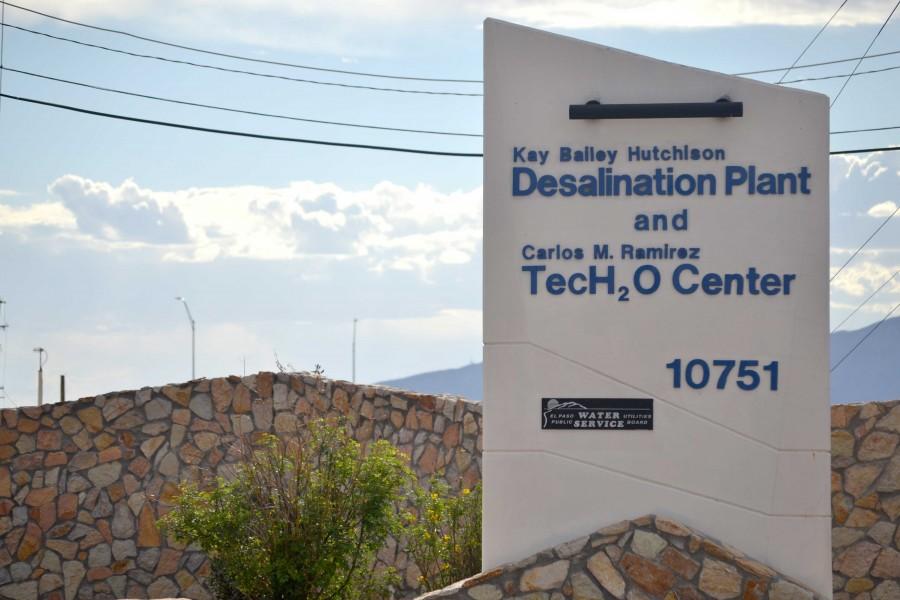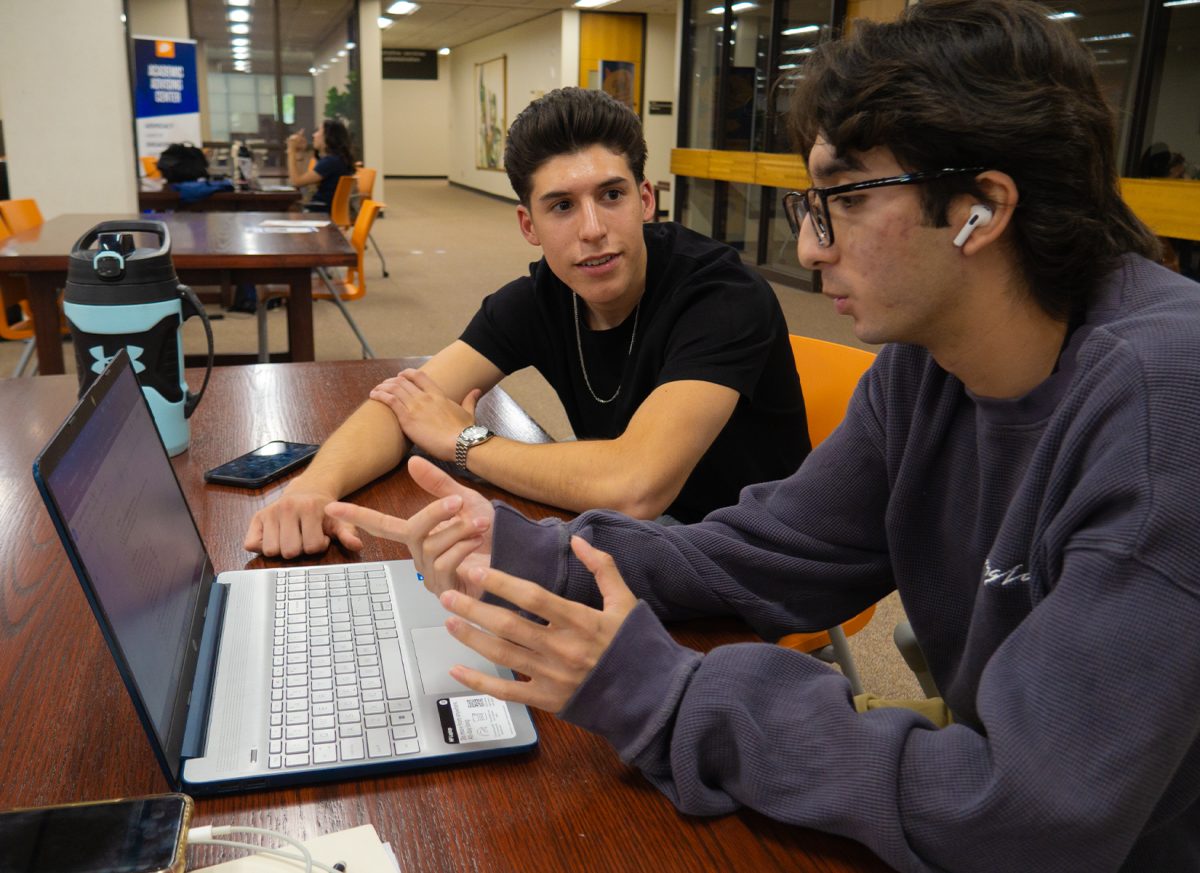On Earth Day, a team of UTEP professors along with the help of students placed second in the Desal Prize, a Securing Water for Food Challenge, in which competitors had to create technologies that can be used by farmers for crops in developing countries.
The challenge was launched by the U.S. Agency for International Development, the Swedish International Development Cooperation Agency and the Ministry of Foreign Affairs of the Kingdom of the Netherlands.
The UTEP team competed against 69 other teams and was comprised by Tom Davis, director of the Center for Inland Desalination, Melynda Cappelle, associate director of CID, and Shane Walker, associate professor of engineering. Their second-place win secured them $60,000 and the ability to receive $400,000 in grant funds to implement their pilot projects in rural farms in a USAID mission region.
“We finished behind MIT, which is pretty good in my book,” Cappelle said.
Finalists had to fulfill several criterion, including technologies that had to be powered solely by renewable energy, high-system water recovery, minimization of environmental effects, cost efficiency and durability among others.
“The idea is to incentivize research and innovation, so these technologies will be implemented,” Cappelle said. “This is all about economic development in the larger sense.”
According to the Securing Water For Food website, often groundwater is brackish, water that is saltier than freshwater but not as salty as saltwater and not suitable for consumption leading to low crop yields and salinization of the soil.
Projections estimate that by 2025, two thirds of the population could be living in severe water shortage conditions.
“The purpose of this was to take groundwater that is unsuitable for irrigation and treat it to make it more suitable, and different research groups had different ideas about how they were going to do this,” Davis said.
The technology used by the UTEP team is called Zero Discharge Desalination, and was created by Davis when he worked in the University of Southern California alongside Sandia National Laborotaries and the Federal Bureau of Reclamation, but was improved upon when he arrived at UTEP.
“We’ve scaled it up, made it more efficient and we understand it a lot better than we did when I was at South Carolina,” Davis said.
The water treated by the team had high concentrations of calcium sulfate, also known as gypsum, the same mineral that composes the white sands of White Sands National Monument.
“Because there’s so much gypsum in the soil, rain percolating through the soil will dissolve the gypsum and produce ground water that is nearly saturated in gypsum, Davis said.
Usually brackish water is treated by a process called reverse osmosis, but because of the high calcium sulfate concentrations found in the water, this process only yields 70 to 75 percent of desalinated water.
“We combine two membrane processes to produce three things—drinkable water, agriculture water and waste drain bloated with gypsum,” Cappelle said.
The two membranes are called Dow NF90 membranes and Dow NF270 membranes, and after those processes, the water is fed into an electrodialysis metathesis system.
“The calcium ions from the gypsum associate with chloride ions from the sodium chloride and the sodium ions associate with the sulfate from the gypsum,” Davis said. “By separating the calcium and the sulfate, we can produce very soluble salts.”
After the process, the gypsum taken out of the ground water forms a solid material that can be used for other things such as building materials or augmentation of the soil.
According to Davis, with reverse osmosis and EDM, the team was able to get a 98 percent fresh water recovery because they can take gypsum out as a solid material.
“This is different from most other techniques dealing with a gypsum-rich groundwater,” he said. “Our ability to make a solid material and have a solid byproduct rather than having a large volume of concentrated solution makes our process very attractive for better utilization of the ground water.”
UTEP students helped with the construction of the solar panels needed to build the system, which had to be completely powered by renewable energy.
Gustavo Puiatti, senior environmental engineering major and exchange student from the Brazilian Mobility Scientific program, was one of the students that helped.
He worked with water treatment technologies back in Brazil and would like to do so in the future.
“We can use the new technologies to give good water quality to the population,” Puiatti said.
Maria Esquinca may be reached at [email protected].





